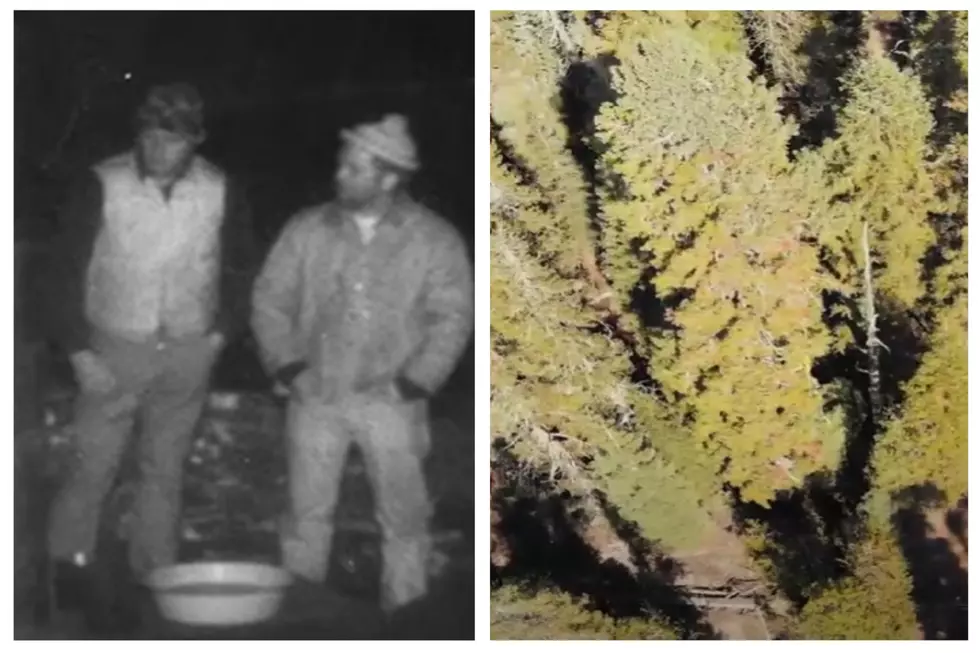
Myth or Fact : Winter Dish Survival Tips From A Twin Fall’s Pro
I've noticed lately that many armchair forecasters are predicting a "worse winter than last year." If that's the case, then you may want to know the most effective ways to keep that precious cable of yours from going catatonic during your favorite show.
As far as television goes, I wouldn't call myself a couch potato. There are however a couple of programs that if you interrupt me during them, it might be a good idea to duck.
Case in point, Monday night during "The Great Christmas Light Fight," just seconds before the big unveil, the cable message of death flashed on my screen. Luckily, the dish gods spared me any further anguish, and the problem fixed itself.
I recently discovered a bevy of online forums dealing with people seeking answers to avoiding winter cable disruption due to snow. I was able to compile the five leading remedies dish novices are doing on their own to avoid a cable white out, according to the Satellite Guys.
I thought I'd contact a local expert to put these home solutions to the test. So, Ollie Wimbish of Big Dog TV, in Twin Falls, was more than happy to set things straight.
1. Spraying Pam or Rainx on your satellite dish:
"It's actually something we recommend at times. It's a proven method," said Wimbish. Alright then, I'm officially adding PAM to my shopping list.
2. Using a bee bee gun:
"I don't recommend that. That could damage the dish, it could damage wires and the LNB," said Wimbish. LNB I later found out stood for Low Noice Block, which I'm not even going to attempt to understand. So, using a bee bee gun is a frowned upon method, according to the professionals. Easy there Wyatt Earp!
3. Supersoaker filled with one part coolant, one part windshield washer fluid and one part hot water:
The jury is still out on that one. Although Wimbish had his doubts that the mixture would be effective in dissolving, or preventing, snow build up. I say, just try it anyway, because who doesn't like blasting things with a supersoaker.
4. Flood Light Behind The Dish:
"Yea, a dish heater. That's very effective, as long as it's not too close to the dish, or too high powered a light, he said. "You could actually slightly melt the dish." OK, so this appears to be a good method, just research your light prior to setting it up. It might be difficult turning your dish back in if it's melted, should you someday move.
5. Dish Covers:
"This works well if the snow is falling straight down, but if it's blizzard-like, blowing left to right, than you might have issues," said Wimbish.
So there it is, straight from the horse's mouth as they say. My thanks to Ollie Wimbish at Big Dog for his professional advise.
Happy weather proofing! And if you attempt any of these methods at home, make sure to do it safely. I'm off to Fred Myer for PAM now.




